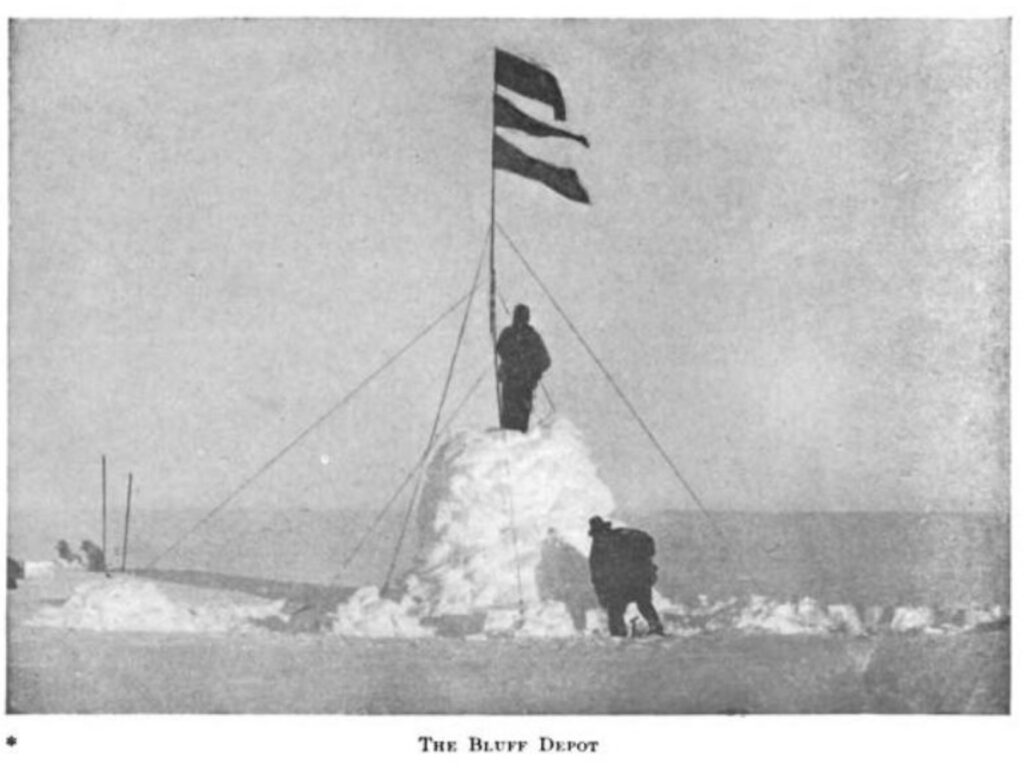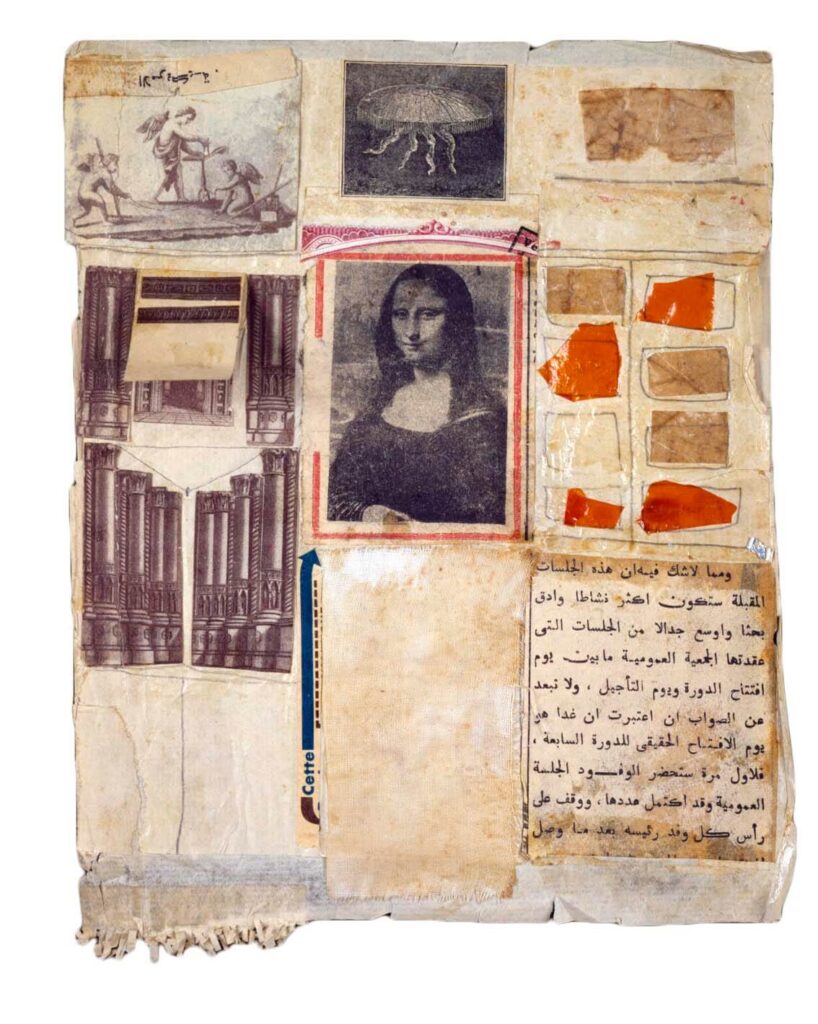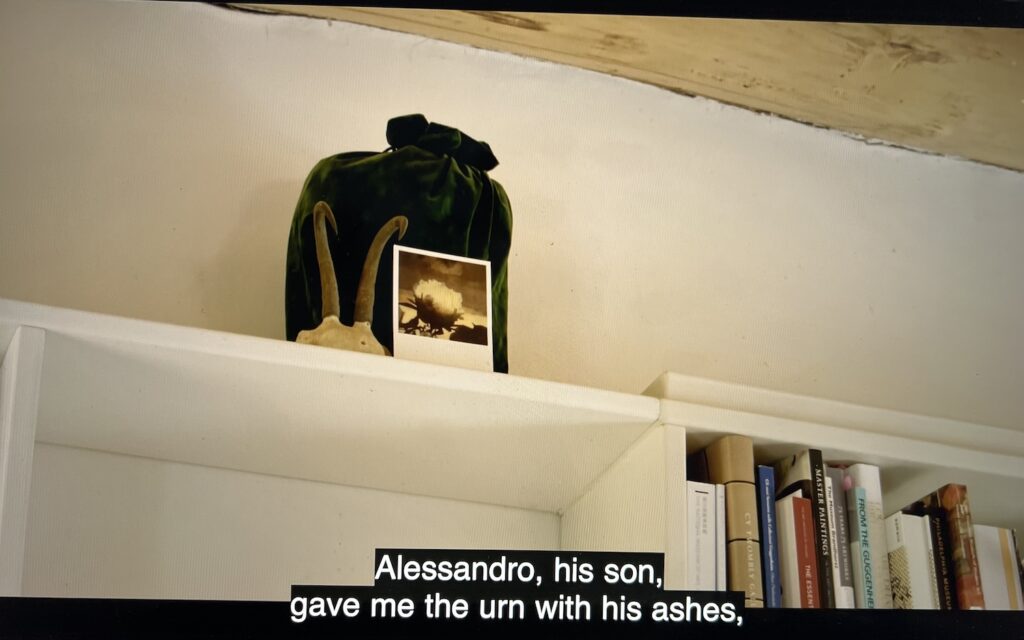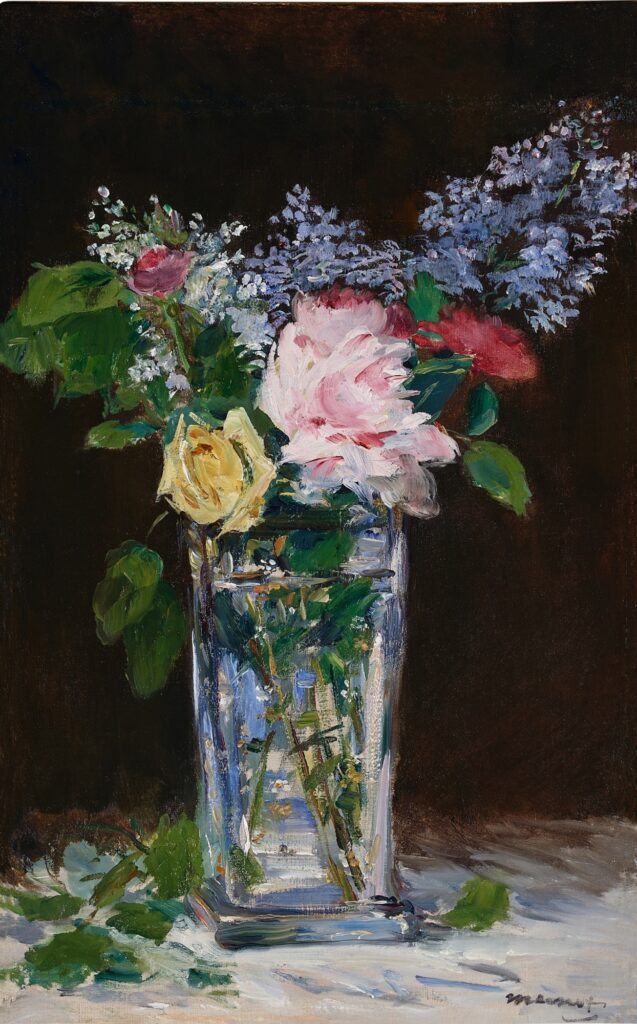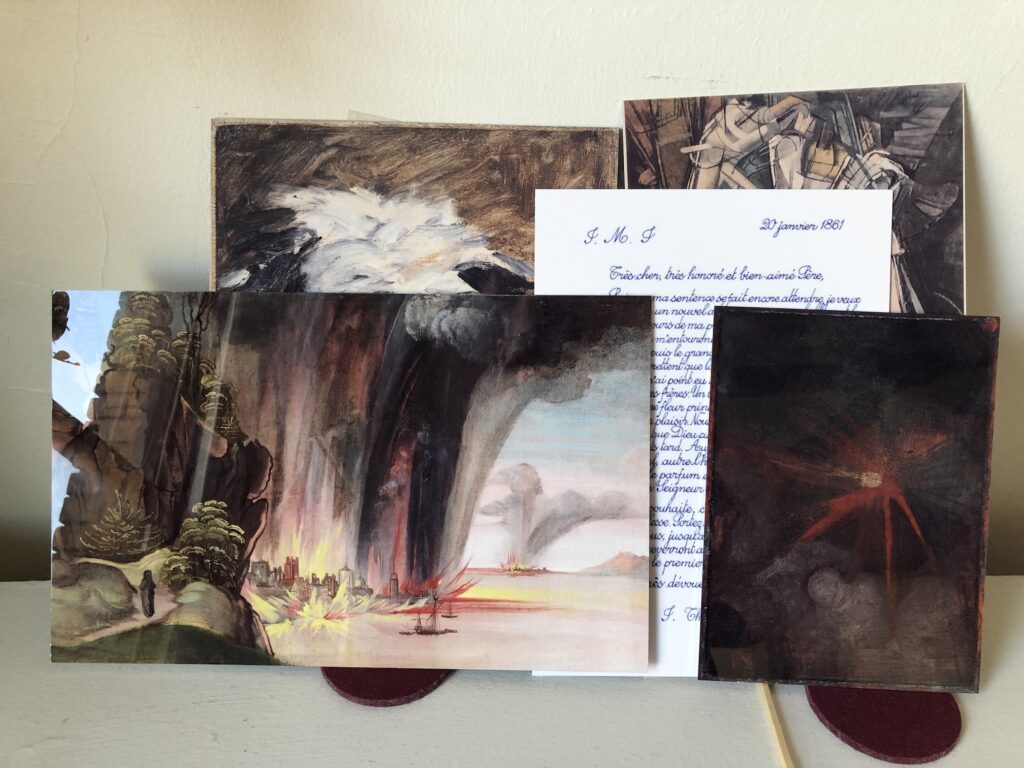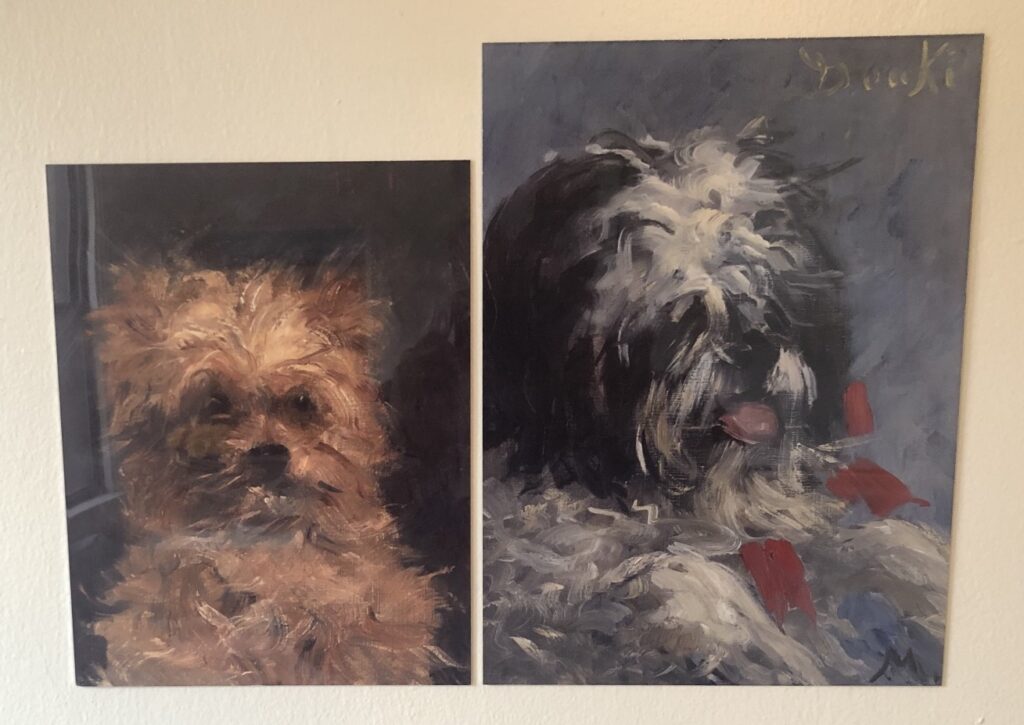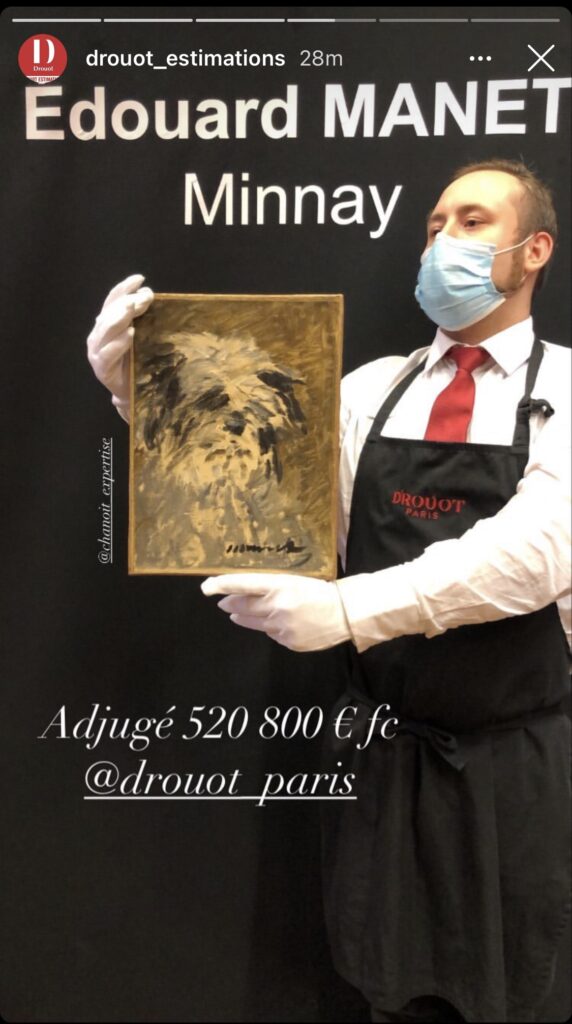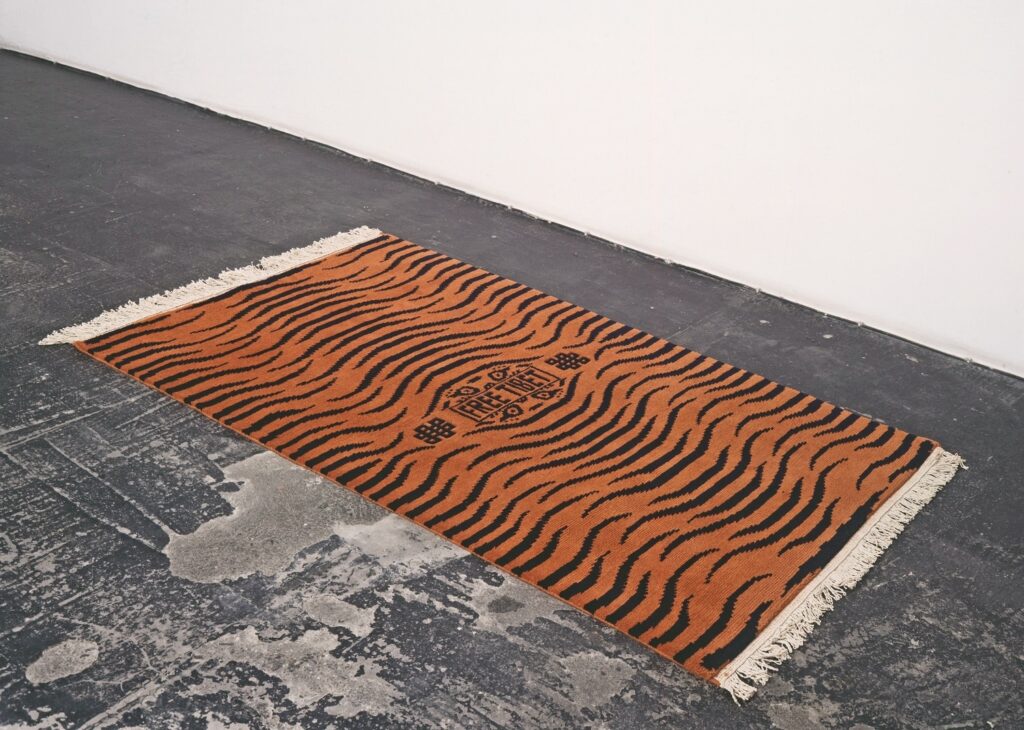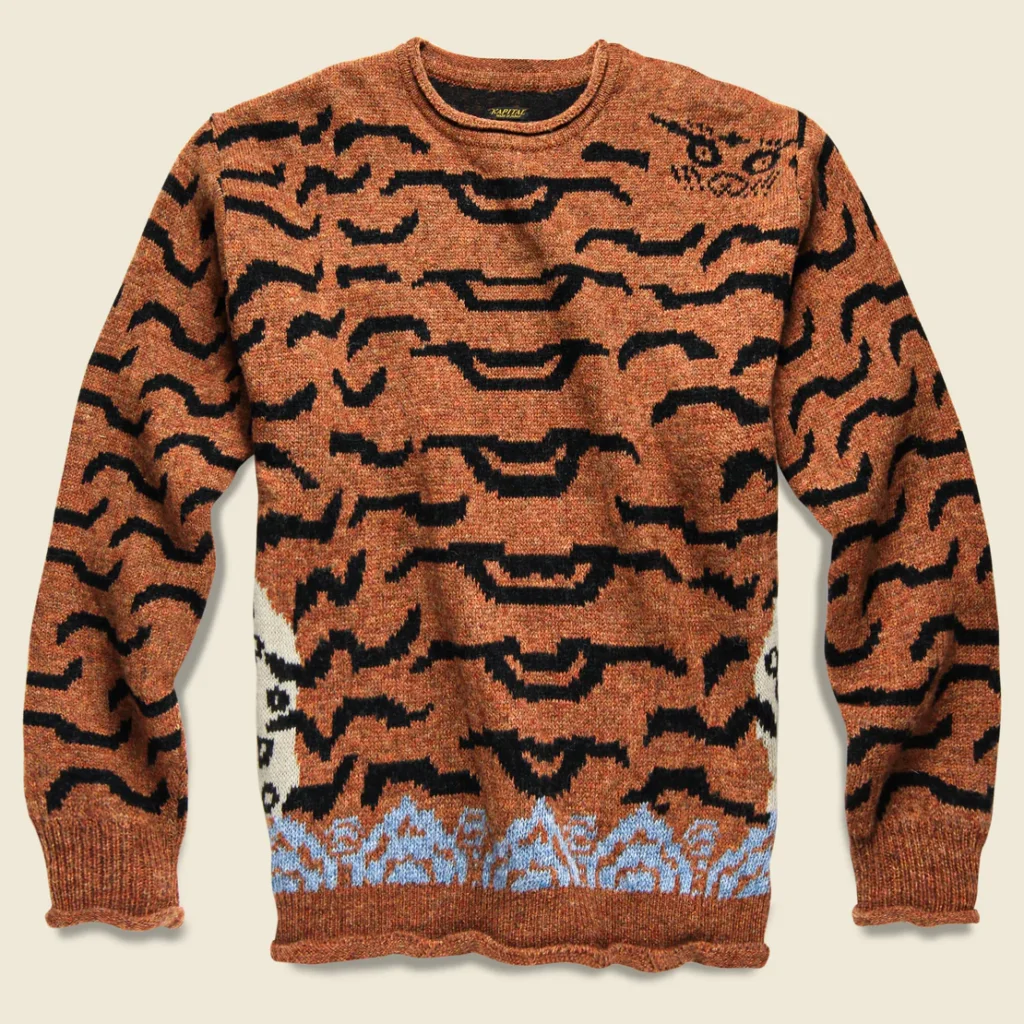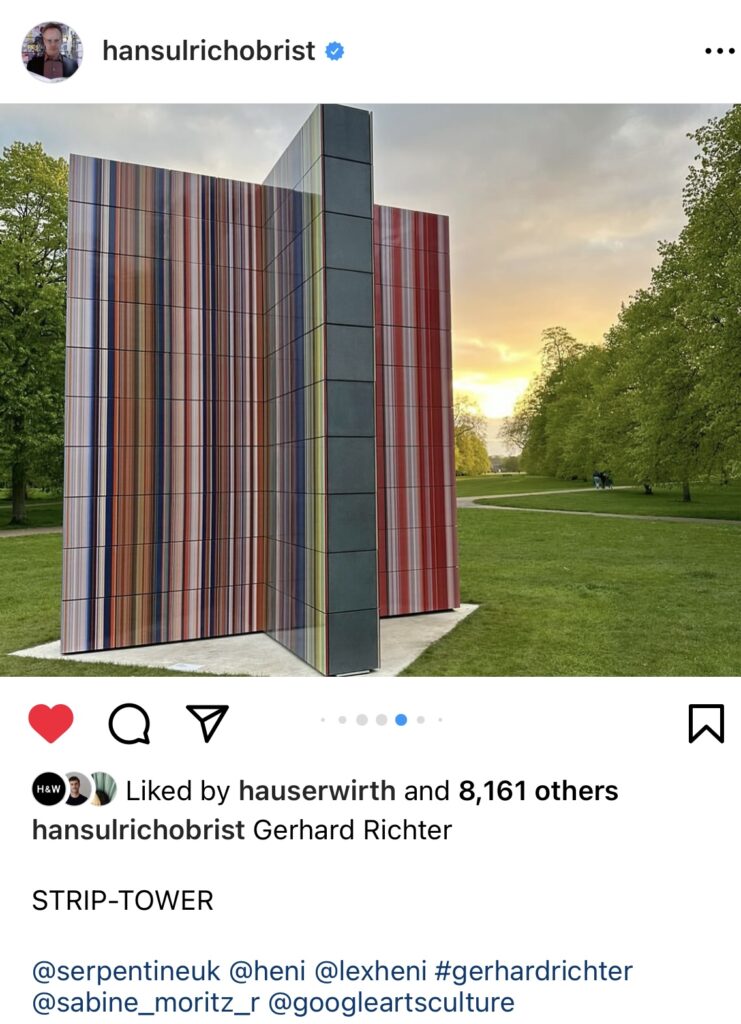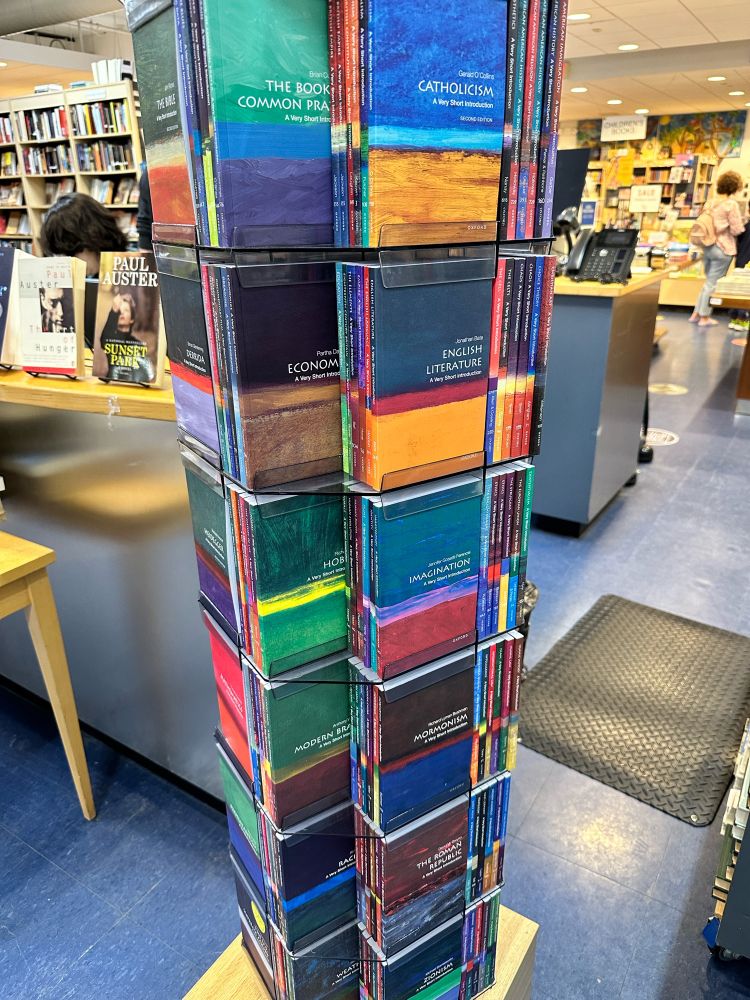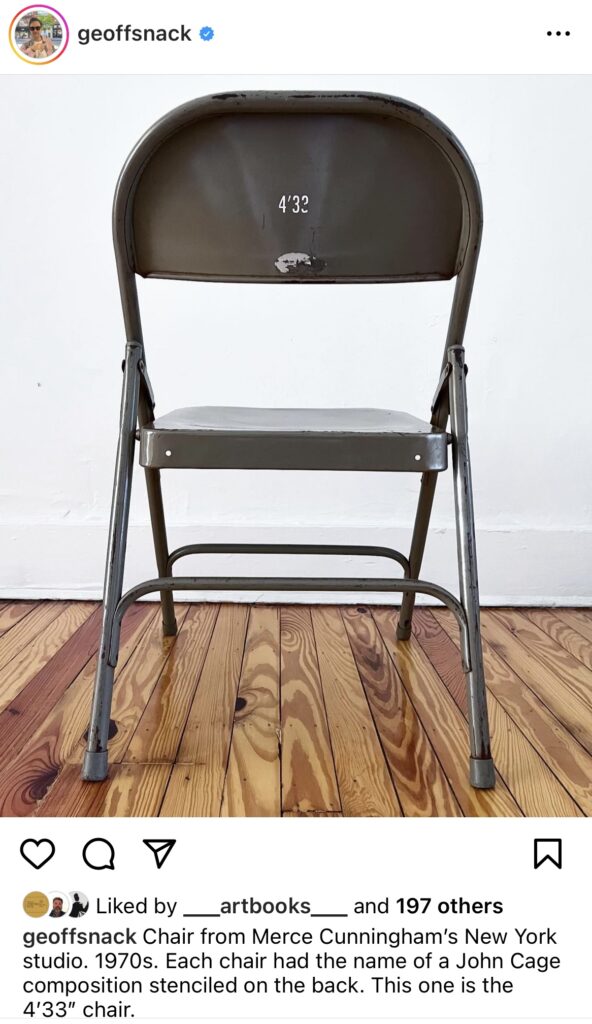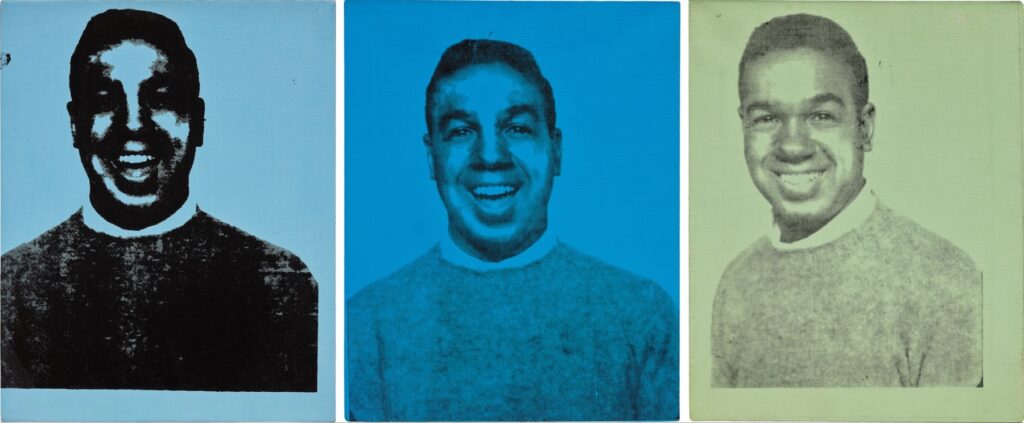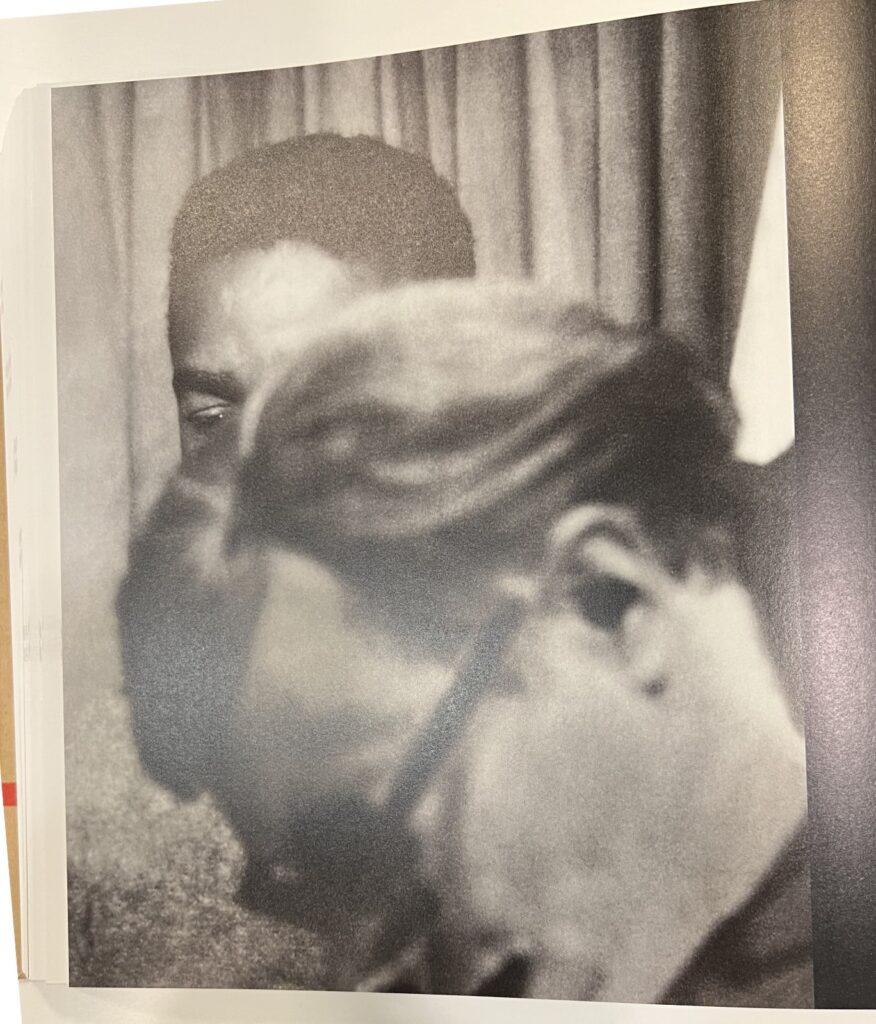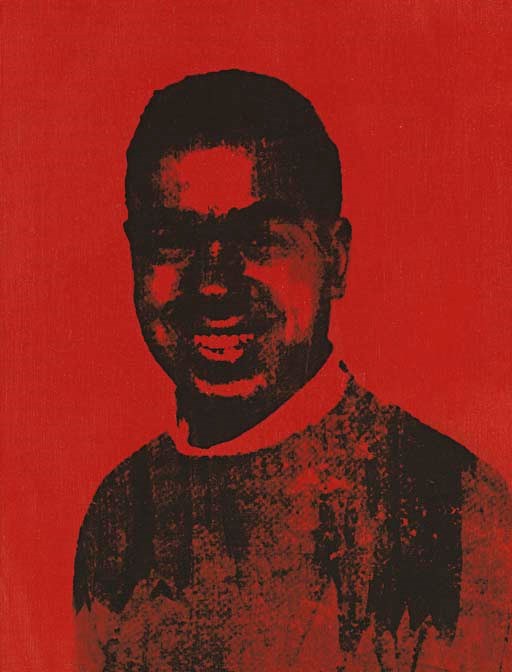
1994 feels like a weird time for Jasper Johns to make a print edition namechecking the American Center in Paris. It’s true that was the year they famously opened their new, limestone Frank Gehry building, for which Untitled (American Center in Paris) could logically have been a fundraising edition. They definitely needed the money. But it was also two year after the Center’s French executives infamously fired the American curatorial and programming staff they’d just hired—including Adam Weinberg, who returned to the Whitney and who feels, along with major donor Frederick Weisman, like the conduit for Johns to get involved in the first place. And it was two years before they infamously ran out of credibility, ideas, and money, and the century-old American Center in Paris imploded in hubristic ignominy.
But perhaps Johns had been working on it for a while, and 1994 was just when it shipped. Some c. 1992 Gemini prints with very similar elements—the Barnett Newman, the George Ohr pot, the Elizabeth & Phillip profile goblet, the Isenheim altarpiece tracing—were first proofed by Bill Goldston at ULAE, where American Center was published.
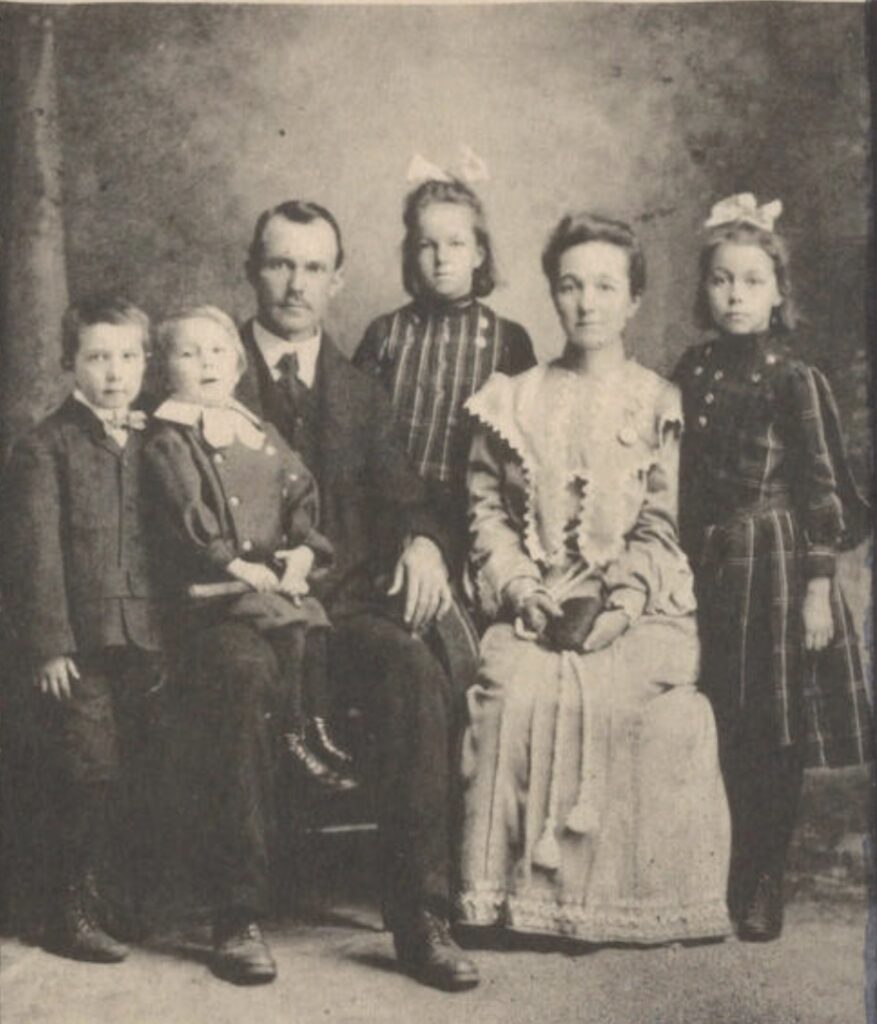
Anyway, the point is, this print was, I think, the first, but not the last, to include a photo of Johns’ family. That’s the artist’s dad, William Jasper Johns, Sr. [b. 1901] on his grandfather William Isaac Johns’ lap, next to his grandmother Evelina, so the photo maybe dates to 1904-05? Johns lived with these grandparents as a child, after his dad ghosted, and his mom kind of flaked. He also lived with his aunts, the two girls standing in the photo: Eunice [b. 1893] and Gladys [b. 1895]
And this is the point, because at some point after 1985, when he became president of Brenau University, John S. Burd decided that the way to build the small northern Georgia school’s art collection was to cold call the famous nephew of two of his schools alumnae, Eunice & Gladys Johns, and ask for some work. Burd was shunted to Johns’ “agent,” Leo Castelli, who was surprised at the ask. Burd eventually got up to speed, took the CEO of Coca-Cola to a meeting, and, in 1991, asked Castelli to join Brenau’s board of trustees.
The result was a slew of shows of Castelli-connected artists, of Castelli’s collection of prints, and Castelli’s introductions. One of Castelli’s donations was an AP of Untitled (American Center in Paris). Burd kept after Johns, asking him to explain the work, which prompted the artist to create a full-scale overlay diagram on tracing paper for Hurd, which somehow gets mentioned all the time, but never published. [Next day update: It is not in the catalogue raisonné of works on paper.]
Indeed, the Johns aunts connection, along with the Castelli era, are part of the story Brenau tells itself. For my part, I can’t help but wonder if the spike of outside interest in his aunts may have given Johns the excuse, if not the inspiration, to use this exceptional family photo.
And for all that, my favorite thing about this print is the trompe l’oeil spraypainted zip running down from the bottom edge of the trompe l’oeil picture. It feels almost anti-climatic to note that another AP of Untitled (American Center in Paris) is selling this week at Bonham’s. [bonhams]



